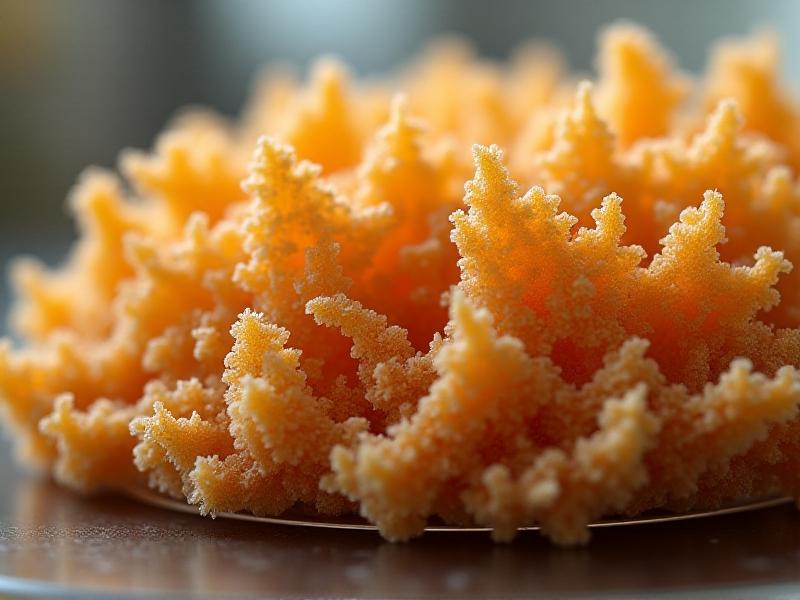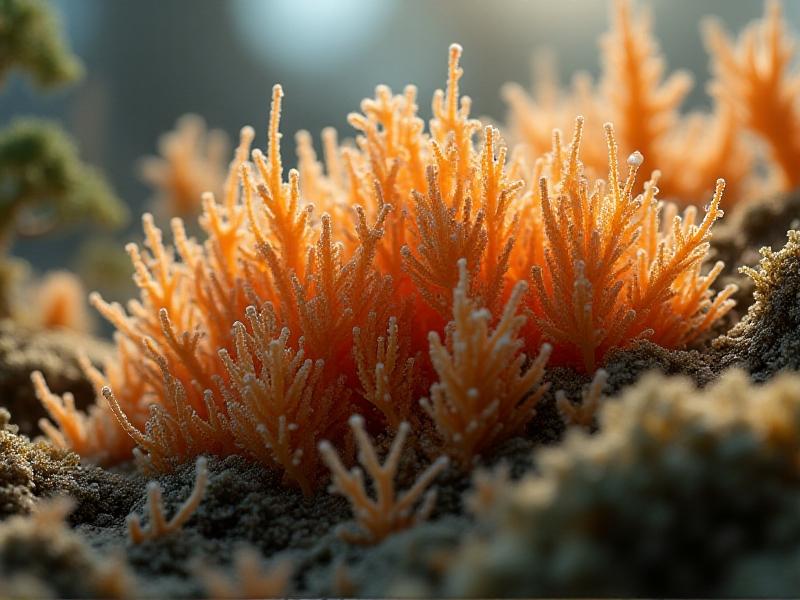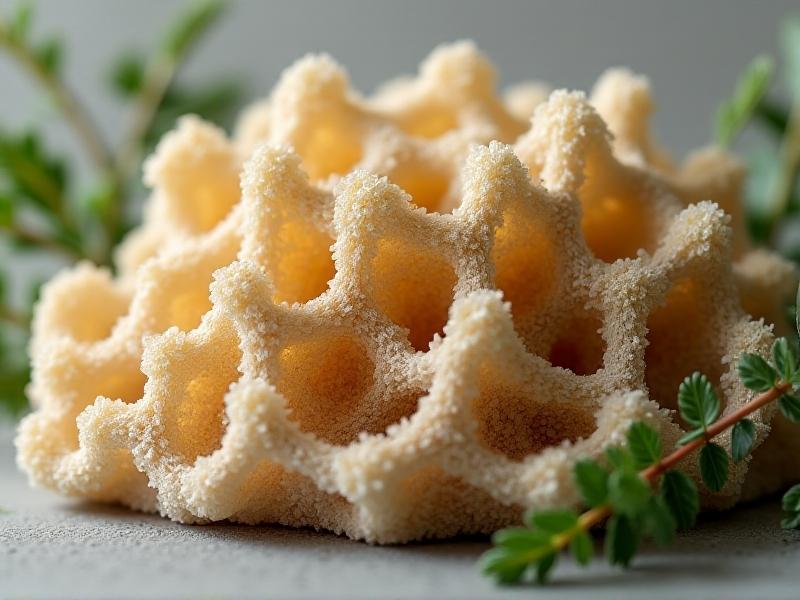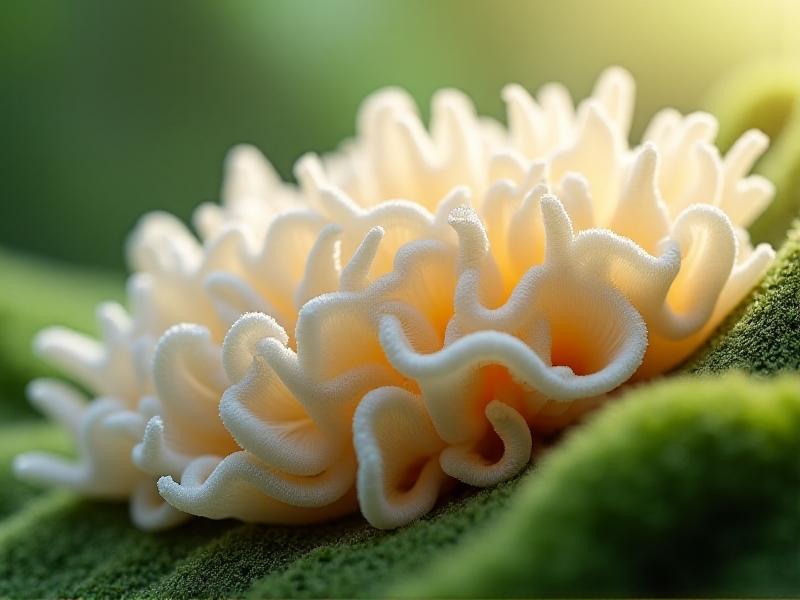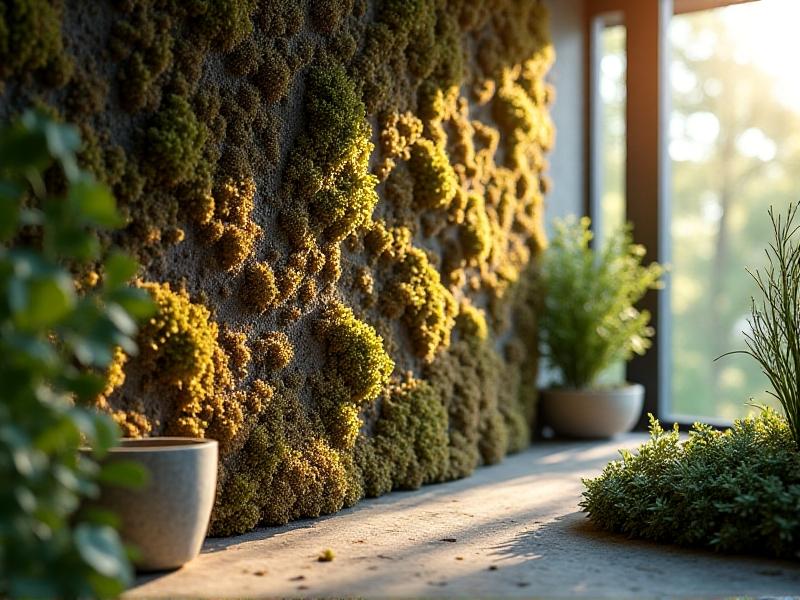Analyzing R-Value Variations in Mushroom-Based Insulation Blends
Introduction to Mushroom-Based Insulation
In recent years, the construction industry has seen a surge in interest towards sustainable and eco-friendly materials. Among these, mushroom-based insulation has emerged as a promising alternative to traditional insulation materials. Derived from the mycelium of fungi, this innovative material not only offers excellent thermal insulation properties but also contributes to reducing the carbon footprint of buildings. This article delves into the variations in R-value observed in different mushroom-based insulation blends, exploring the factors that influence these variations and their implications for energy efficiency in construction.
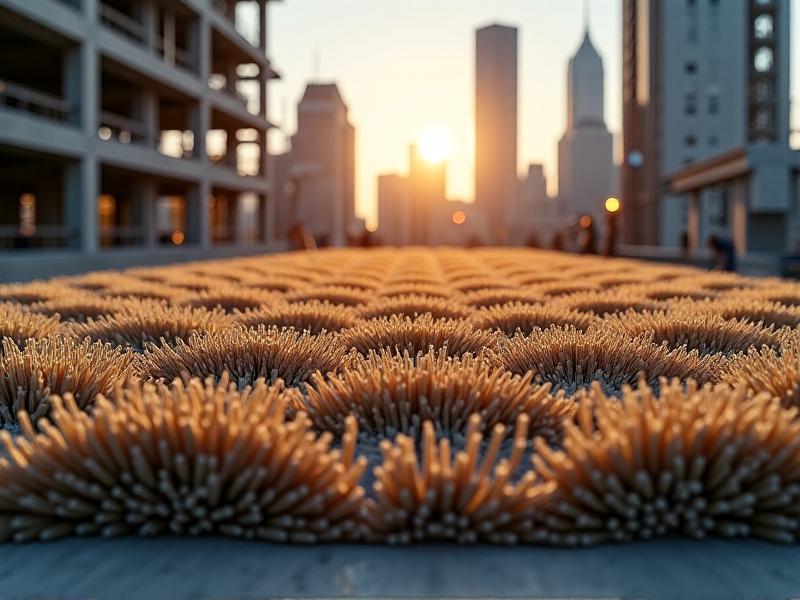
Understanding R-Value in Insulation Materials
The R-value is a critical metric in the evaluation of insulation materials, representing the material's resistance to heat flow. A higher R-value indicates better insulating properties, which translates to greater energy efficiency in buildings. When analyzing mushroom-based insulation, it's essential to understand how the R-value is measured and what factors can influence it. These factors include the density of the material, the type of mushroom used, and the processing methods employed during production. By examining these elements, we can gain a deeper understanding of why R-value variations occur and how they can be optimized for different applications.
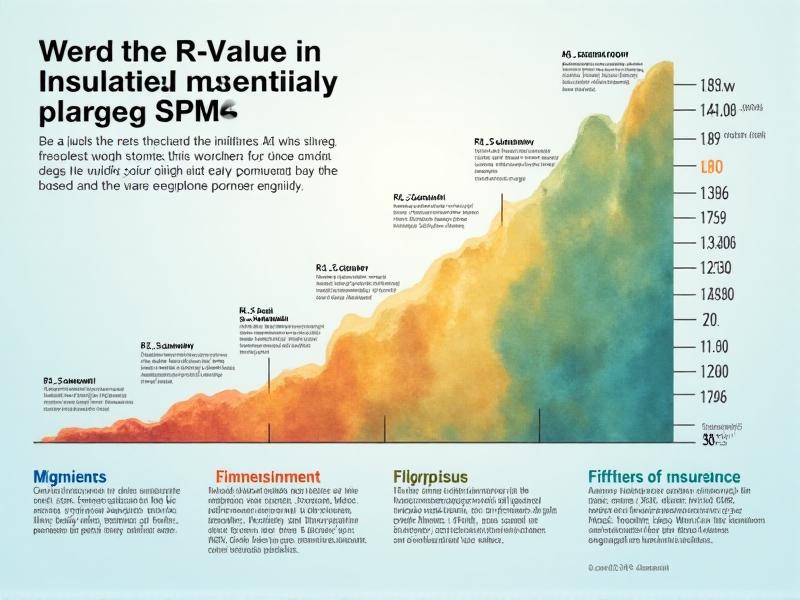
Composition of Mushroom-Based Insulation Blends
Mushroom-based insulation is composed primarily of mycelium, the root-like structure of fungi, which is grown on agricultural waste substrates such as straw, sawdust, or corn husks. The composition of these blends can significantly impact the R-value of the final product. For instance, the type of substrate used can influence the density and porosity of the insulation, while the species of mushroom selected can affect the thermal properties. Additionally, the processing techniques, such as drying and compression, play a crucial role in determining the material's insulating capabilities. This section explores how different compositions of mushroom-based insulation blends contribute to variations in R-value.
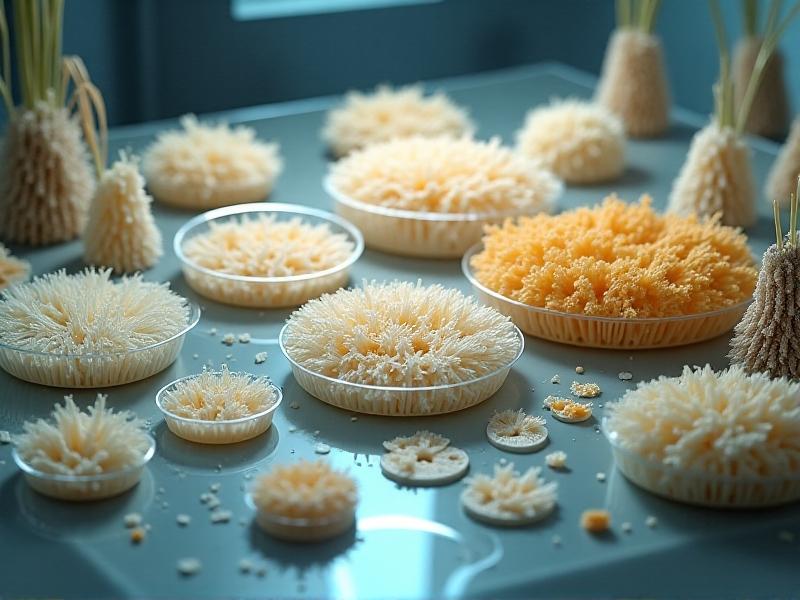
Factors Influencing R-Value Variations
Several factors can lead to variations in the R-value of mushroom-based insulation blends. One of the primary factors is the moisture content of the material, as higher moisture levels can reduce the insulation's effectiveness. The growth conditions of the mycelium, such as temperature and humidity, also play a role in determining the material's thermal properties. Furthermore, the addition of binders or other additives during the production process can alter the R-value. This section examines these factors in detail, providing insights into how they can be controlled to achieve optimal insulation performance.
Comparative Analysis with Traditional Insulation Materials
When compared to traditional insulation materials like fiberglass, foam, and cellulose, mushroom-based insulation offers unique advantages and challenges. While it may not always match the R-values of these conventional materials, its sustainability and biodegradability make it an attractive option for eco-conscious builders. This section provides a comparative analysis of the R-values of mushroom-based insulation against those of traditional materials, highlighting the trade-offs involved in choosing between them. The discussion also considers the environmental impact of each material, providing a holistic view of their suitability for different construction scenarios.
Optimizing R-Value in Mushroom-Based Insulation
To maximize the R-value of mushroom-based insulation, it's essential to optimize various aspects of its production and application. This includes selecting the right combination of mushroom species and substrates, controlling the growth conditions, and employing effective processing techniques. Additionally, the installation method can influence the material's insulating performance, as improper installation can lead to gaps or compression that reduce the R-value. This section explores strategies for optimizing the R-value of mushroom-based insulation, providing practical tips for manufacturers and builders to enhance the material's effectiveness.
Case Studies: Real-World Applications of Mushroom-Based Insulation
Several real-world projects have successfully implemented mushroom-based insulation, demonstrating its potential in various construction scenarios. These case studies provide valuable insights into the material's performance, including its R-value, durability, and ease of installation. From residential homes to commercial buildings, these examples showcase the versatility of mushroom-based insulation and its ability to meet the demands of modern construction. This section highlights key case studies, analyzing the outcomes and lessons learned from each project.
Future Prospects and Research Directions
As the demand for sustainable building materials continues to grow, mushroom-based insulation is poised to play a significant role in the future of construction. Ongoing research is focused on further improving the material's R-value, as well as exploring new applications and production methods. Advances in biotechnology and material science are expected to drive innovation in this field, leading to more efficient and cost-effective insulation solutions. This section discusses the future prospects of mushroom-based insulation, highlighting emerging trends and potential research directions that could shape the industry in the coming years.
Challenges and Limitations of Mushroom-Based Insulation
Despite its many advantages, mushroom-based insulation is not without its challenges and limitations. One of the primary concerns is the material's susceptibility to moisture and mold, which can compromise its insulating properties and durability. Additionally, the production process can be time-consuming and requires specific conditions to ensure the quality of the final product. Cost is another factor that can limit the widespread adoption of mushroom-based insulation, as it is often more expensive than traditional materials. This section examines these challenges in detail, discussing potential solutions and strategies for overcoming them.
Environmental Impact and Sustainability of Mushroom-Based Insulation
One of the most compelling reasons to consider mushroom-based insulation is its positive environmental impact. Unlike traditional insulation materials, which often rely on non-renewable resources and generate significant waste, mushroom-based insulation is biodegradable and made from renewable agricultural byproducts. This section explores the sustainability of mushroom-based insulation, analyzing its lifecycle from production to disposal. The discussion also considers the material's potential to contribute to a circular economy, where waste is minimized, and resources are continually reused.
Conclusion: The Role of Mushroom-Based Insulation in Modern Construction
Mushroom-based insulation represents a promising frontier in the quest for sustainable and energy-efficient building materials. While variations in R-value present challenges, ongoing research and innovation are steadily improving the material's performance and affordability. As the construction industry continues to prioritize sustainability, mushroom-based insulation is likely to become an increasingly important option for builders and architects. By understanding the factors that influence R-value and addressing the material's limitations, we can unlock the full potential of this innovative insulation solution, paving the way for a greener and more sustainable future in construction.
